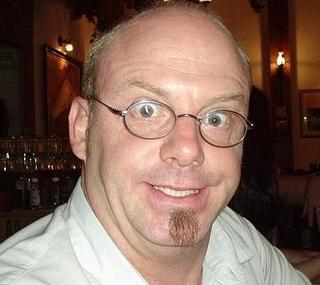WHAT IS A SUBJECT?
The subject, in English, usually comes before (to the left of) the verb. The subject and the verb agree in person (1st, 2nd or 3rd) and number (singular or plural). A subject can be a pronoun, noun, noun phrase or noun clause.
e.g. HE DOESN’T SUSPECT A THING.
- The pronoun "He" is in the 3rd person singular. The verb phrase doesn’t suspect agrees in person and number.
Sometimes, the subject is not a pronoun, but rather a noun phrase.
e.g. TWO PAGES OF PRECISE INFORMATION ARE BETTER THAN 300 PAGES OF INACCURATE NONSENSE.
- The noun phrase "Two pages of precise information" is in the 3rd person plural. The verb are agrees in person and number.
- By substituting a noun phrase with the word "this/these", it is easy to verify if it can work as a subject (These are better than 300 pages of inaccurate nonsense.).
Sometimes there is a verb inside the subject. In this case, the subject is known as a noun clause. A way to make sure of the subject is to find the main verb of the sentence.
e.g. THROWING A PARTY IS MORE WORK THAN YOU THINK.
- The noun clause "Throwing a party" is the subject. It is the 3rd person singular. The main verb is agrees in person and number. It is a non-finite noun clause reduced by the gerund.
- By substituting a noun clause with the word "this/these", it is easy to verify if it can work as a subject (This is more work than you think).
- "Throwing a party" may also be seen as a gerund being used as a noun.
A subject can be compound.
e.g. THE SHEER SIZE OF THE ANIMAL AND THE WAY IT MOVES MAKE IT DIFFICULT TO KEEP IN CONFINED PLACES.
- "The sheer size of the animal" and "the way it moves" are coordinated (linked) by the coordinating conjunction "and".
- "The sheer size of the animal" contains no verb; therefore, it is a phrase. It can be substituted with the word "this", proving it is a noun phrase.
- "The way it moves" has a verb, but the part with the verb is a subordinate clause to the noun phrase "the way"; It could be written "The way (that) it moves". "(That) it moves" is subordinate to the noun phrase "the way", the nucleus.
- In this sentence, we see two noun phrases linked by a coordinating conjunction, resulting in a compound subject.
- The compound subject is in the 3rd person plural. The verb "make" agrees in person and number.
- By substituting the nouns phrases with the word "this/these" (that/those), it is easy to verify if the verb is conjugated correctly (This and that make it difficult to keep in confined places).
Sometimes the subject can come after the verb. This is rare and usually happens in direct speech.
e.g. “I WANT TO GET AWAY, I WANT TO FLY AWAY,” SANG LENNY.
- "Lenny" is the subject (Lenny sang “this”).
- As the direct object "I want to get away, I want to fly away" is inverted (fronted), the subject is consequently placed after the verb.
- "I want to get away, I want to fly away" are two finite noun clauses working as the direct object(s) of the monotransitive verb "sing".


0 Comments:
Post a Comment
<< Home